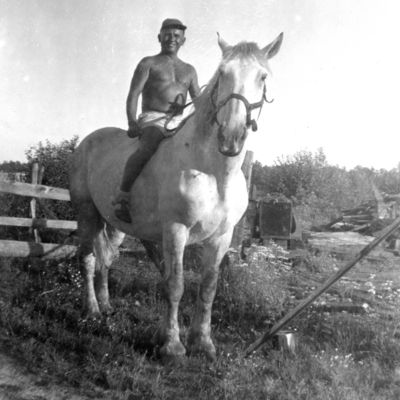- cross-posted to:
- photography@fedia.io
- photography@fedia.io
- cross-posted to:
- photography@fedia.io
- photography@fedia.io
Commuter Trains, Ewing (West Trenton), NJ, 2010.
All the pixels, packed like passengers during rush hour.
#photography
This was captured with a DSLR and a 400mm lens, which contributed to the compressed perspective. The conductor boarding the leftmost train is essential to the composition, I think.
Ewing, NJ (“West Trenton”) is the last stop on SEPTA’s commuter trains from Philadelphia on the former Reading Railroad’s line to northern NJ. CSX freight trains still use the tracks north of the station, beyond the end of the overhead electrified wiring used for passenger service.
Very long lenses like the 400mm, with their narrow field of view, are essential for some compositions (such as this one), but I find I only rarely actually use them. In fact, the longest lens I have for my main medium format camera system is 180mm (which yields the 35mm equivalent view of about a 120mm), and I hardly ever use even that for the most of the photography I do.
For wildlife photographers, on the other hand, 400mm is practically a wide angle.
One of the challenges of very long lenses is that they tempt you to compose images of subjects that are very far away. But the farther away something is, the more the atmosphere can distort the image. The effects of heat distortion, pollution, humidity, and weather are amplified across longer distances, no matter how sharp the lens is or how high resolution the sensor.
@mattblaze@federate.social You need an astronomer’s adaptive lens with some sodium lasers to measure what real-time adaptations are needed.

